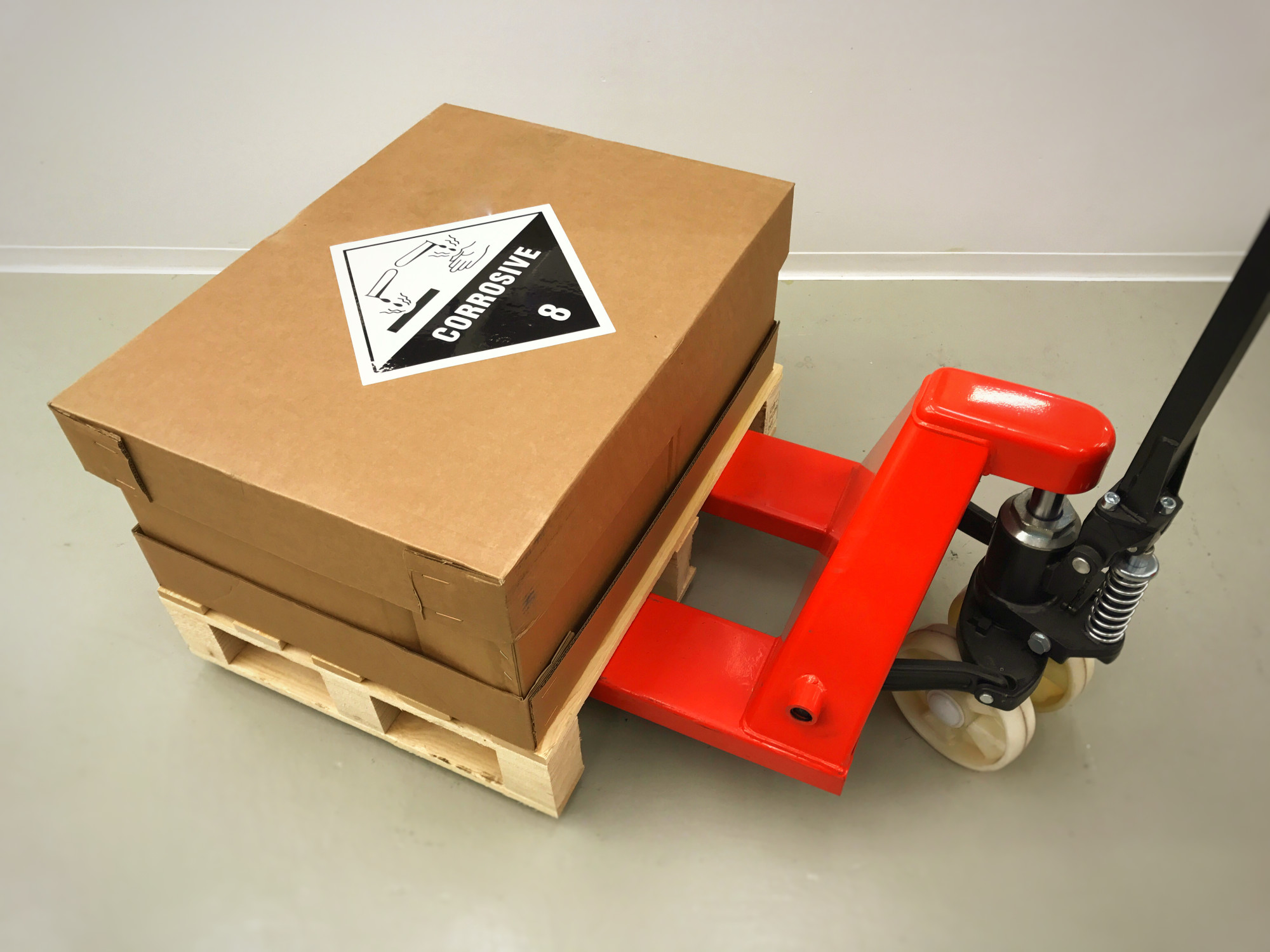According to the Federal Highway Administration, there are about 80,000 Hazmat shipments a day.
If you’re going to be dealing with dangerous materials like these, you might be wondering what the correct procedure is.
Thankfully, we have the ultimate guide to Hazmat information for you, so make sure you keep reading!
What is Hazmat?
Hazmat is actually an abbreviation that stands for hazardous materials.
These materials could be anything that poses a risk to the environment, property, or someone’s health. These substances might be something like chemicals that are toxic, nuclear waste products, biological chemicals, radiological agents, or fuels.
They can either be solid, gas, liquid, vapor, smoke, mist, dust, or fumes.
If there is a Hazmat spill or leakage, it could end up endangering nearby animals and homes. It could even destroy the environment around it and the homes and buildings nearby.
Hazmat materials can be transported on waterways, pipelines, railroads, or even your everyday highway. Even with the proper precautions, accidents still sometimes happen. But what are the right procedures to ensure that they never do?
Different Hazmat Categories
There are also different categories of how dangerous a substance might be.
Hazard Class 1 is for explosives, like fireworks or ammunition. The second hazard class is for gas, like propane or a fire extinguisher.
Class 3 classifies liquids, like fuel oil, paint, or gasoline. In Hazard Class 4, you’ll have flammable solids. This includes sodium batteries, matches, and powdered metals.
Hazard Class 5 contains oxidizing substances. This includes things like oxygen generates and ammonium fertilizers.
Hazard Class 6 includes substances that can be infectious or toxic, like medical waste, cyanide, or chloroform.
In Class 7, you’ll find radioactive substances. This includes depleted uranium and medical isotopes.
Hazard Class 8 are corrosive substances that can be a strong acid. Lastly, Hazard Class 9 is for everything that doesn’t fit in any of the categories above. this includes dry ice, fuel cell engines, and lithium-ion batteries.
Hazmat Storage Procedures
If you have any of the substances that are mentioned in the category above, you should make sure you know how to properly store them.
If you store them wrong, it’ll put everyone in danger, whether you’re at home, the office, or a storage facility.
At a storage facility, make sure you have Materials Safety Data Sheets (MSDS) available for employees. This will act as a great resource for how to handle different materials.
You can find many online copies, but make sure you find the most recent one and print a lot of them out. You should offer digital copies as well so your employees always have something to refer back to.
You should also make sure that all hazardous materials are marked with Hazmat symbols. There are different symbols for each category, so make sure that they’re labeled correctly to ensure they’re handled properly.
You should also make sure that you store the hazardous material in the right container. For example, if you’re storing a liquid, make sure that you invest it in a drum. You should also get spill control pallets so that it’ll prevent having a big mess to clean up if it leaks.
To discover more about how to store and transport Hazmat materials, click here to find out more.
Hazmat Training
Another way to ensure safety is o make sure that your employees get the proper training.
According to the Hazmat Training Handbook, there are four main points that you should make your employees aware of.
First, they should have a general awareness and knowledge of Hazmat safety and how the facility works. Secondly, they’ll need training that is specific to their job.
Thirdly, make sure you give them safety training as well. This will teach them how to respond to an emergency or prevent accidents, which can help create a culture of safety at your office.
Fourth, make sure there is an element of security training as well. This will give them the basic security awareness that they need when it comes to locking up hazardous material or transporting it. That way, people who don’t know how to handle it can’t accidentally get in.
According to PHMSA standards, you also have to keep a log of the training that you’ve done. This will ensure that your employees got the training that they need and actually completed it.
Most employees will have to complete it within 90 days of the day that they started working.
Hazmat Rules
There are also a few basic rules that you should make sure all of your employees are aware of.
Come up with a set of procedures and job duties for each employee. Make sure they’re trained specifically for that job so that they know exactly how to do it.
You should also always have personal protective gear available. Before employees use it, have them inspect it each time to make sure that it’s still safe to use. If it’s damaged or torn, make sure that you get a new set.
When handling hazardous materials, make sure employees only use it for what it was intended for. For example, don’t use gasoline to clean something up, but use a solvent instead.
Learn More About Hazmat Procedures
These are only a few things to know about Hazmat and the proper procedures, but there are many more things to be aware of!
We know that dealing with these substances can be scary, but we’re here to help you make sure it goes smoothly!
If you enjoyed this article, make sure that you explore our website to find more articles just like this one.

